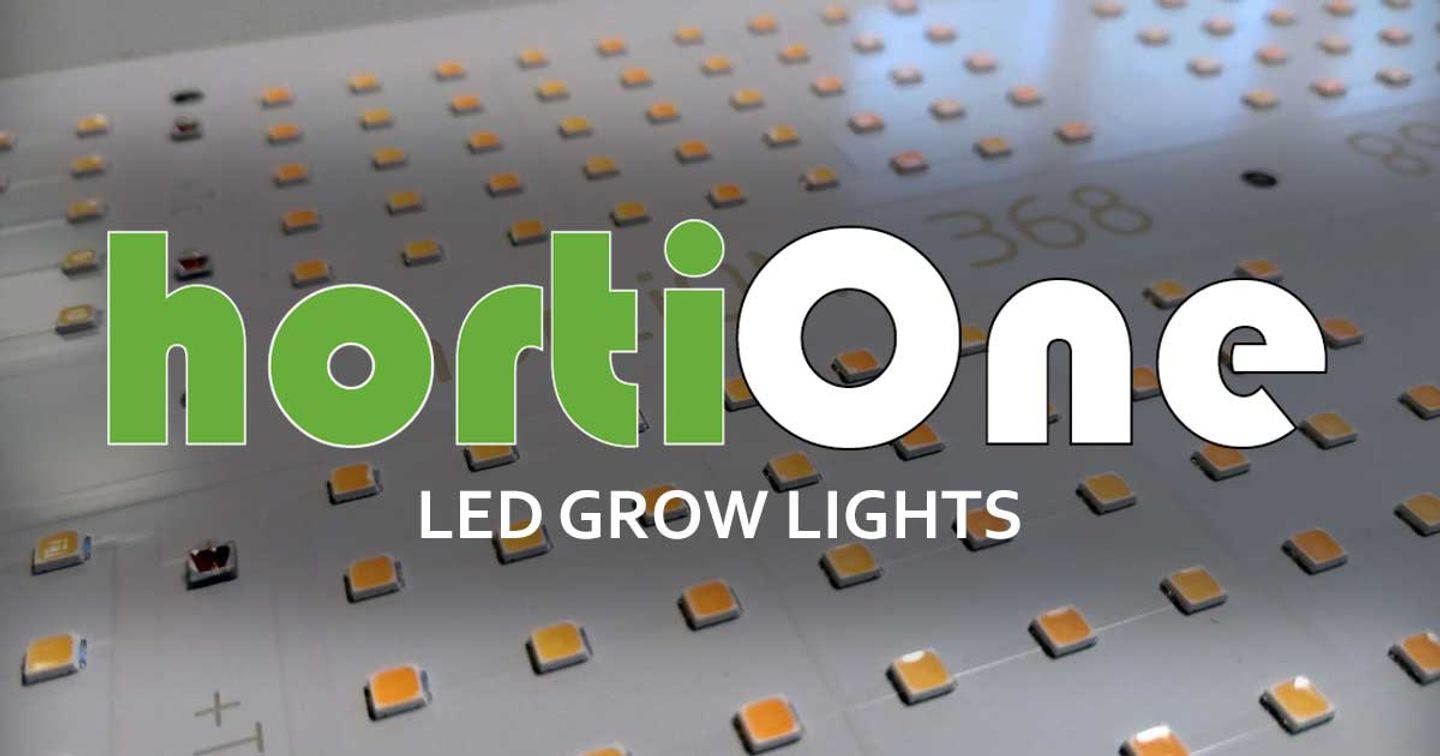

- Home
- Companies
- hortiONE GmbH
- Articles
- What is the right light intensity and ...
What is the right light intensity and illumination length?
The photoperiod, this is used as a signal for the plant to flower.
Many flowering plants (angiosperms) use a photoreceptor protein, such as phytochromeor cryptochrome, to sense seasonal changes in night length, The Phytochrome conversion (Pfr to Pr) allows the plant to sense when it is night or day.
The biologically-inactive form of phytochrome (Pr) is converted to the biologically-active form Pfr my the illumination with red light (mainly 660nm). Far-red (630nm) light and darkness convert the molecule back to the inactive form.
These plantsflower when the days are longer. They require more than the critical duration of light to flower (usually 14-18 hours). They are also called ‘Short Night Plants’.
Examples: spinach, radish, hibiscus, Wheat, Lettuce,…
These plants flower when the days are shorter. They need less than the critical duration of light (about 8-12 hours) and a continuous dark period (about 14-16 hours) to flower. A continuous dark period is very critical for SDP plants. They are also called ‘Long Night Plants’.
Examples: soybean, tobacco, chrysanthemum, cannabis Sativa L. etc.
These plants do not have critical daylength. Therefore, they are ‘neutral’ to the length of day or night. The Term: Automatic and automatic-flowering plants have established
In other words,
Examples: tomatoes, pea plants, rose, cannabis ruderalis,…
The current daylength (length of illumination) controls, depending on the plant’s type: (SDP, LDP, NDP) which growing-phase is currently initiated
As a simplified version we usually differentiate between the following phases for a short day plant:
- Germination (Sprouting) / Cuttings
- Vegetative (Growing)
- Generative (Flowering / Blooming)
- Harvest (Finished)
Light or CO2 limited?
Plants require beside Water and Light a variety of so-called Macro (N,P,K) and Mico nutrients. During photosynthesis uses light energy to convert water, carbon dioxide (CO2), and minerals into oxygen and energy-rich organic compounds. Depending on the light intensity each part like macronutrients (N, P, K) and micronutrient can lead to limitations in growth and development. While most Substances can be applied quite easily, carbon dioxide has a special role.
The natural Level ranges from 400 to 450 parts per million (ppm) of the earth’s atmosphere.
Low light intensities can limit plant growth, at a certain point Co2 becomes the most limiting factor and supplemental CO2 can be required to achieve further increase.
The point where it requires is depending on the plant species and genotype as well as the required amount of artificial Co2 is depending on numerous factors.
DLI – describes the delivered amount of light in a 24h period.
PPFD x Time = DLI [mol/m²d]
It is possible to increase the amount of light (DLI) by increasing the illumintation period. It is important to stay in the required photoperiod (long / short day period)
